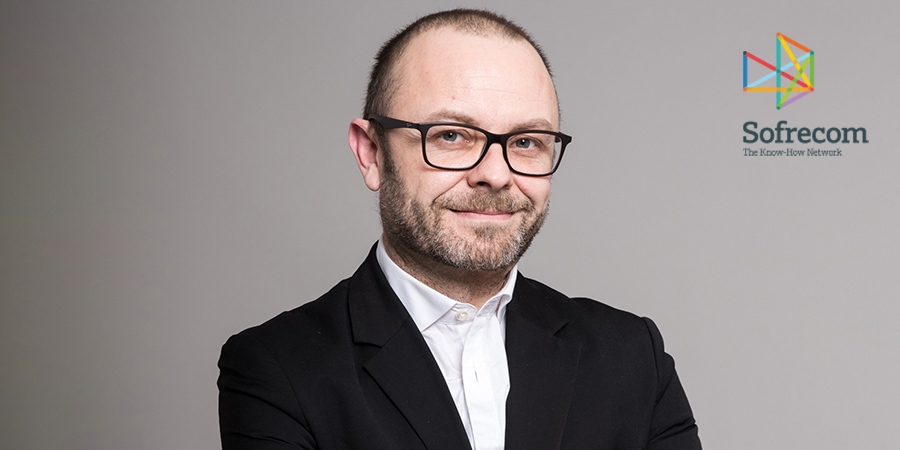Since the late 2010s, infrastructure subsidiaries have multiplied in Europe. Does this make it an attractive financial phenomenon or a more profound industrial change? How to build Towercos and Fibercos? What future lies ahead for these companies?
While infrastructure remains key to quality of service and performance, it is no longer the sole basis for competitiveness between operators.
Two Carve-Out Drivers
Operators are divesting their passive infrastructure for the following reasons:
►Financial: Improving balance sheet; optimizing return on invested capital (ROIC) or shareholder value; reducing CAPEX requirements and sharing their financing by opening the capital; generating additional revenue through hosting.
►Strategic: Optimizing OPEX via pooling; lightening assets through network virtualization and cloud; accelerating infrastructure deployment through co-investment; making carve-out a vehicle for international consolidation.
The Carve-Out Process: The Case of Towercos
The separation of a Telco's passive infrastructure is a complex operation consisting of two stages:
- Transferring it to a financially autonomous subsidiary, wholly owned by the operator
- Opening and/or selling the subsidiary to external investors
Numerous transactions carried out over the past 10 years in Europe have shown that:
- Large independent Towercos have spent nearly €30bn to buy 100k towers.
- Infrastructure funds have become the main investors for large transactions.
- No Telco has managed to create a European group; consolidation is still to come.
- If the average tower valuation has doubled in ten years, prices will stabilize.
The next step for Towercos is to expand into Eastern Europe.
FTTH Offers More Investment Opportunities in Europe Than Data Centers
In the Western European countries deploying FTTH on a large scale, operators are well engaged in the carve-out and consolidation process. However, waves of opportunities are emerging in a still-maturing market. Operators with mobile and FTTH assets will be the priority targets.
Regarding data center carve-outs, the possibilities are limited, as Telcos have invested little in these infrastructures.
What Future For Towercos Born of a Carve-Out?
Infrastructure will continue to drive investment on an ongoing basis, but some trends will reshape the sector:
►Energy issues will push for fewer towers and antennas to be deployed.
► Mobile infrastructure competition will gradually diminish, with hosting and OpenRAN enabling the mutualization of radio access networks.
►Passive infrastructure companies will develop their business models.
Towercos managing real estate assets will become infrastructure operators, thus lowering ROIC and attractiveness to private investors.
►The market will evolve into regulated monopolies
Given the critical and strategic nature of digital infrastructure, governments may take back control of it to make it a public utility.
Separating passive infrastructure from services challenges business models based on revenue growth and innovation drivers. Digital infrastructure will have to adapt to a new paradigm based not on unlimited abundance but on responsible consumption.
